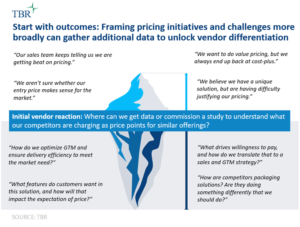EY, SAP and Microsoft: A powerful triad for the Business of One era
Attending several EY analyst events in the past month has been a real eye-opener to the changing dynamics of a company that has traditionally been viewed as an advisory-led firm with strong credentials in the tax, audit and advisory domains, yet until recently offered precious little in the way of IT-centric services. This is not your father’s EY, as the company has been investing heavily in partnerships and in automating its IP in ways that radically reduce “run the business” IT costs while continuing to excel at “transform the business” advisory engagements.
A large part of EY’s accelerating performance can be laid at the feet of its partner ecosystem where the company has deepened partnerships with technology providers such as SAP and Microsoft, whose own services firms lack permission to play in the C-Suite or are just taxed based on current workloads and the industrywide skills shortage.
In short, the “axis has flipped” on what works with respect to ecosystem participation in the Business of One era, and this partnership triad appears to have many of the emerging bases covered. Figure 1 outlines the way in which TBR segments services portfolio options in one of its core market landscape constructs. TBR segments services into several different components, and it is through this kind of analysis that the power of the EY, Microsoft and SAP relationships truly come to life.
At the top of the triangle (A) sits the advisory-led services, where EY has competed successfully for decades. Here is where board and C-Suite objectives get clarified and then codified for execution by the IT practitioners in the front-office (C), middle-office (T) and back-office (B) layers. While both SAP and Microsoft have some advisory offerings, EY has the account credibility and existing relationships with the C-Suite, especially with the CFO through the company’s audit and tax services. In this way, EY can pull SAP and Microsoft into accounts where they have previously not had much visibility.
The front- and back-office technology segments are where Microsoft and SAP, respectively, have strong brand credentials. Microsoft has essentially owned the business productivity space for decades through Microsoft Office and has done an excellent job pivoting that business over from license to subscription software in the move to Office 365. SAP, likewise, has been a long-term premier provider of the core back-office systems of record now being migrated to the cloud as adoption there accelerates.
Lastly, and most importantly, is the middle-office integration layer, where the power of the partnership will bear the most aggregate benefit, as each participant has valuable domain knowledge to contribute. SAP has tight rules and policy guidelines by industry, Microsoft has the platform and tool sets to rival any competing cloud platform through Azure, and EY has the skills in translating business objectives into IT policies and rules for process optimization. The end result for enterprise customers is a faster, more economical and more agile use of IT for digital transformation.
The assessment by no means says that collectively EY, Microsoft and SAP will become Business of One de facto standards, but it does suggest these three working together in major accounts will give many of their competitors pause.

